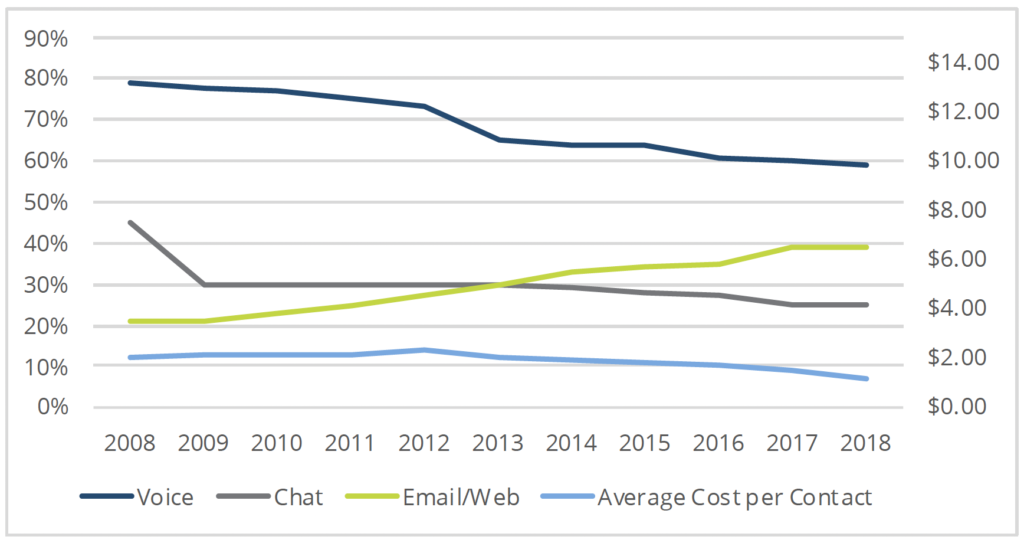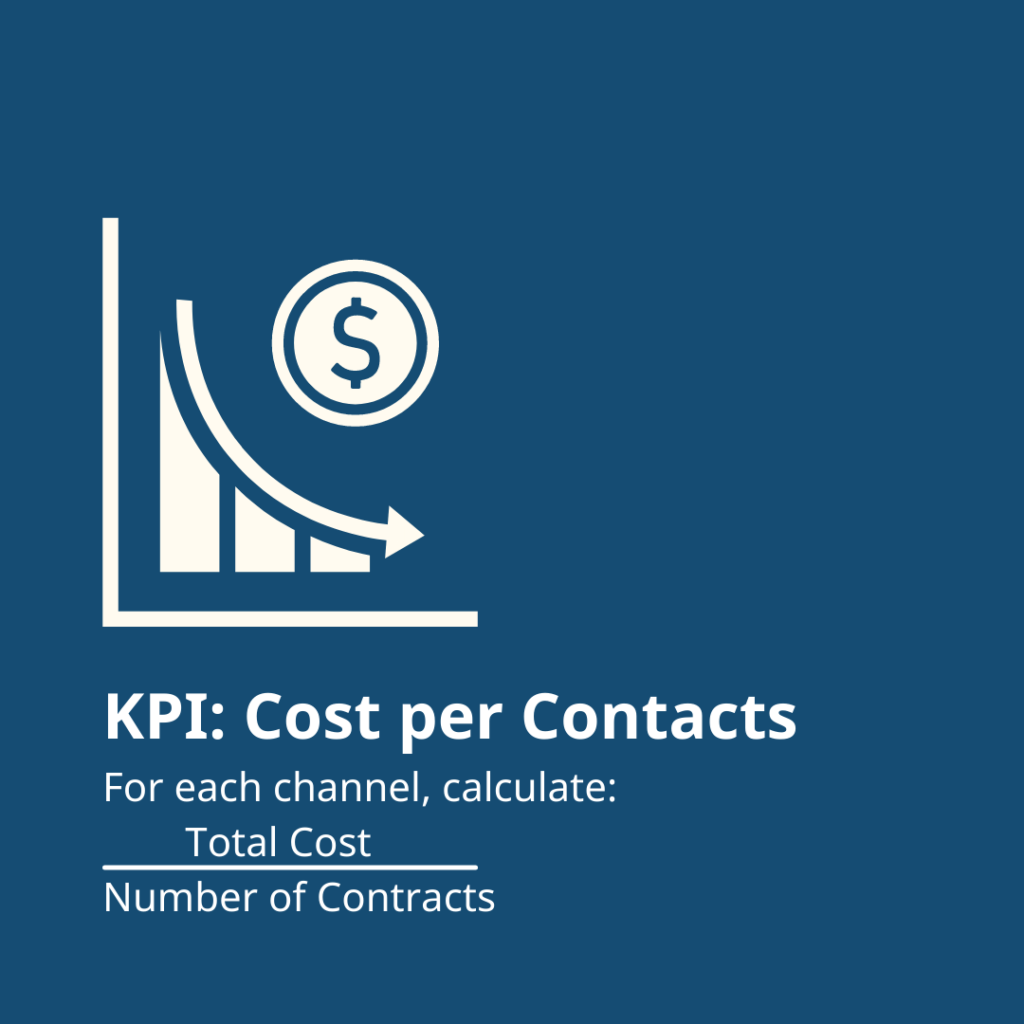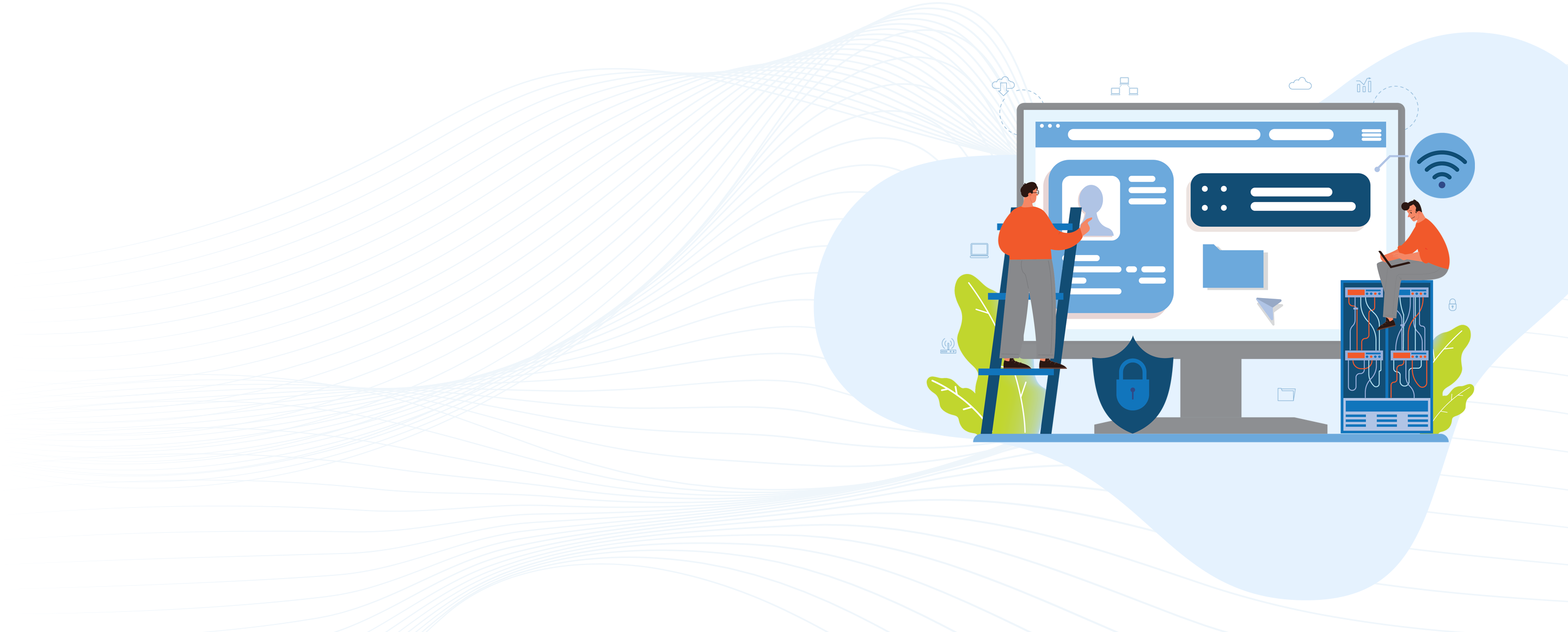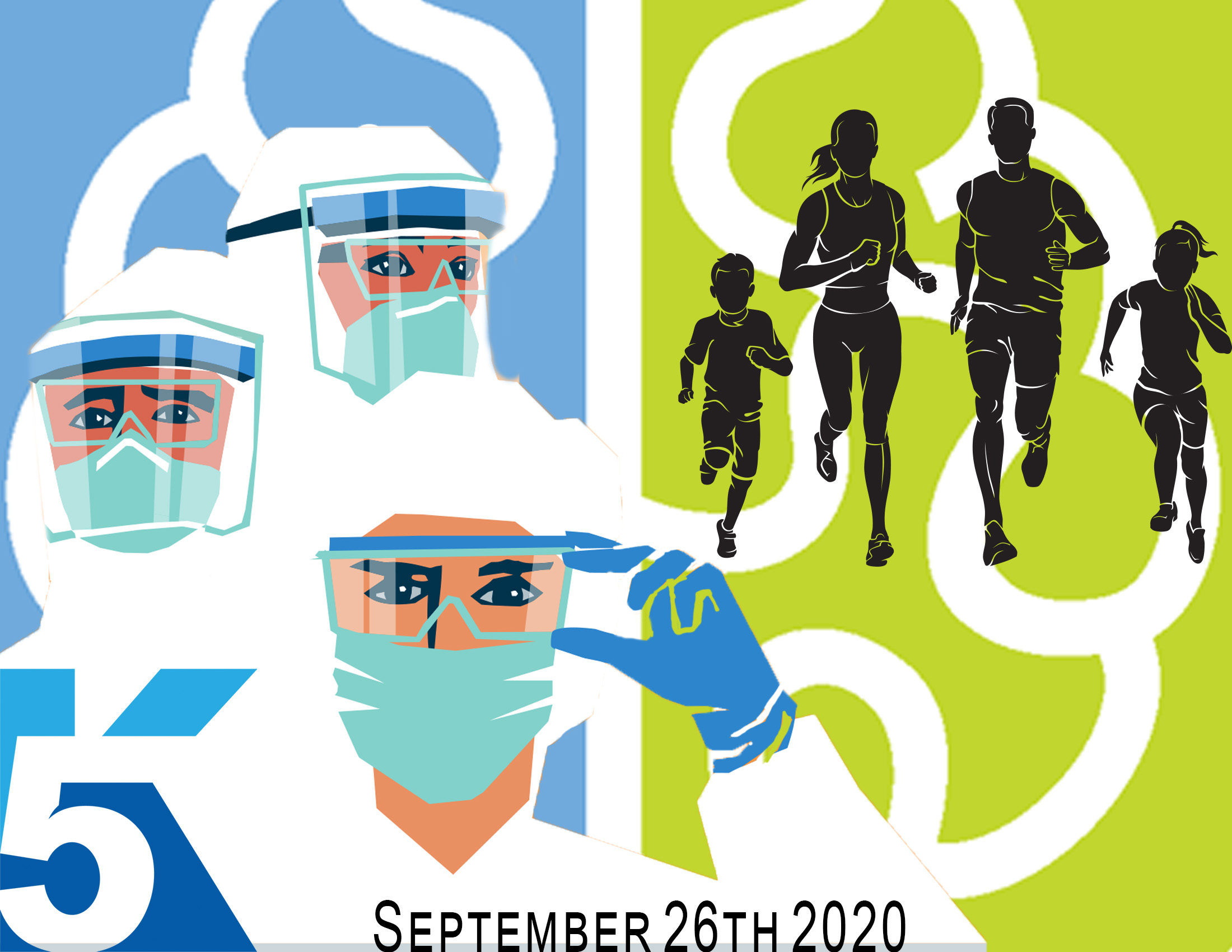IT service management (ITSM) maturity and adoption of best practices varies across Federal IT organizations. Over the years, visionary Federal leaders with insight into the value and benefits along with the ability to influence acquisition strategies have enabled the adoption of ITSM tools and practices in many agencies. Industry partners assist in advising, implementing, and advancing ITSM capabilities for greater efficiency, effectiveness, productivity, and improved user satisfaction.
Self-service (Tier 0, Level 0) capabilities enable users to solve issues without contacting a Service Desk. Portals implementing self service capabilities contain features such as:
- Service Catalog with Service Request functions
- Incident Ticket creation
- Knowledge Base with reference documents, tutorials,
- Collaboration Forums
- Chat functions with live or virtual agents
Incorporating self-service capabilities as part of the Service Desk creates a significant enabler of improved user satisfaction and productivity. Traditional Service Desk metrics fail to measure the value and benefits of self-service contact channels. Traditional Service Desk metrics primarily focus on call volume and agent productivity. Introducing self service capabilities requires new metrics for monitoring adoption and informing decisions.
Careful definition, collection, monitoring, and reporting of self-service specific metrics have shown:
- Increased availability and efficiency
- Faster incident resolution
- Faster request fulfillment
- Productivity improvements
- Reduced costs
- Happier users
Insight
Traditional Service Desk metrics fail to measure the value and benefits of self-service contact channels.
Impact
Assess your organization’s self-service critical success factors to identify the appropriate measures for continual evaluation and monitoring.
A Deep Dive
Awareness and usability influence the realization of these benefits. Metrics provide evidence for recognizing the benefits of self service capabilities, while also providing the insight necessary to know when an organization can make improvements. An organization need to measure the Self Service capabilities to understand it’s true effect on the overall Service Desk experience. Exhibit 1 suggests a few new metrics to consider when adopting self-service capabilities.
Exhibit 1. Potential CSFs and KPIs for Assessing Self-service Results
| CSF | KPI | Desired Trend |
| Reduces Costs | Cost per Contact | Downward |
| Users Find Solutions | Self-Service Success Rate Self-Service Failure Rate | Upward Downward |
| Faster Than Phone or Email | Fulfillment Time | Downward or Stable |
| Meets Needs | Satisfaction | Upward or Stable |
CSF: Reduces Costs
Tracking ‘cost per call’ provides valuable information for a primarily telephone-based Service Desk. The introduction of self-service capabilities creates an omnichannel Service Desk and triggers the need to track costs associated with each contact method.
Insightful reports show cost trends for each channel, like that shown in Exhibit 2.
Implementing tracking for Self Service gives the accurate cost breakdown between all aspects of the Service Desk. An organization might see a reduction of cost across the average cost per contact.
Exhibit 2. Example Cost per Contact Trend Report


CSF: Users Find Solutions

Measuring the success rate for users leveraging self service capabilities to track incidents and requests provides valuable, but only partial, insight. Consider the situation where only a small portion of users achieve success in finding solutions using self-service, but a sizable portion of users with the same issue call the Service Desk instead.
Intuitively, one might assume a directly inverse relationship between self-service support channel success and failure rates. However, the scope of each metric is significantly different and requires careful attention to the details.
CSF: Faster Than Phone or Email
Users naturally and consistently return to effective, efficient, and successful methods of accomplishing tasks. When users perceive self-service as faster and easier than calling or emailing the Service Desk, adoption increases and improves benefit realization.

CSF: Meets Needs

In addition to satisfying the needs of users, a self-service implementation must also satisfy the sponsor’s need for realizing a return on the investment. For this reason, Service Managers must monitor both the user’s and the sponsor’s perception of value delivered by the self-service channels
User experience metrics provide information about these perceptions and require capture across all support channels. Monitoring trends assist in identifying pain points for further investigation as well as raising awareness of needed course adjustments.
Continual assessment of sponsor perception assists in proactively responding to concerns to making necessary adjustments.
Looking Forward
Establishing a baseline set of self-service metrics enables continual monitoring as the service organization explores and implements customer experience (CX) advancements such as chatbots, Virtual Assistants, Robotic Process Automation (RPA), Artificial Intelligence (AI).
The implementation of self-service capabilities significantly influences traditional Service Desk metrics causing a need to adjust expectations and targets. A future article will dive into how self-service should affect trends in Service Desk metrics like lowering First Call Resolution Rates (FCRR) and why that should be the desired affect.





